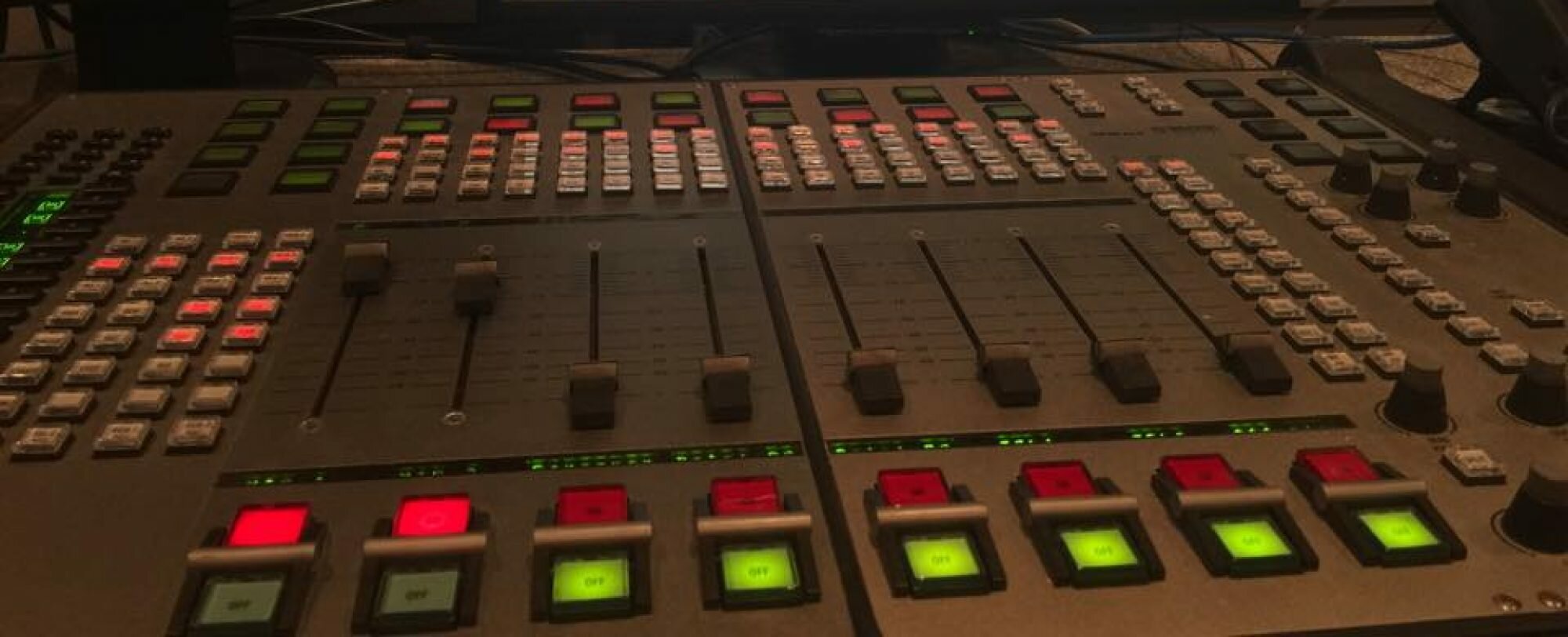by Geoffrey Redick and Chad Campbell, co-producers of the series
The first time you visit the coast of Louisiana, you’re surprised by how long it takes to drive anywhere, following the peculiar geography of the bayous and wetlands and the river. Driving from Venice, near the mouth of the Mississippi, to Houma takes longer than driving from Washington DC to Philadelphia, for instance. The people working to rehabilitate oily birds, turtles, and other animals make that drive all the time. The Joint Information Center — the headquarters — is in Houma, and the rehabilitation facility is in Fort Jackson, just north of Venice.
Here’s an interactive map of our interviews and other points of interest.
View BES in New Orleans (7/2010) in a larger map

 We talked with Emily Guidry Schatzel of the National Wildlife Federation at the Venice Marina at the CrawGator Bar & Grill. The marina is literally at the end of the road, about as far as you can drive down the Mississippi River. It was raining as we drove to the aptly named Venice, but the real trouble was the level of the road in relation to the large bodies of water on either side of us. (You can watch video of our slow progress through flooded streets below, if you don’t mind craning your head to the right. And bear in mind that we were in a compact rental car. Just about everyone else on that road was driving a large pickup and sometimes towing a boat.) The Wildlife Federation is usually concerned with coastal restoration, but the oil spill takes precedence, and everyone from their Louisiana offices is working to clean marshland.
We talked with Emily Guidry Schatzel of the National Wildlife Federation at the Venice Marina at the CrawGator Bar & Grill. The marina is literally at the end of the road, about as far as you can drive down the Mississippi River. It was raining as we drove to the aptly named Venice, but the real trouble was the level of the road in relation to the large bodies of water on either side of us. (You can watch video of our slow progress through flooded streets below, if you don’t mind craning your head to the right. And bear in mind that we were in a compact rental car. Just about everyone else on that road was driving a large pickup and sometimes towing a boat.) The Wildlife Federation is usually concerned with coastal restoration, but the oil spill takes precedence, and everyone from their Louisiana offices is working to clean marshland.
Todd Baker and Sharon Taylor gave us the perspective of government agencies. The Louisiana Department of Wildlife and Fisheries is used to oil spills, but none of this magnitude. And the U.S. Fish and Wildlife Service resuces animals from spills year round, all over the country. We spoke with them at a giant BP facility between Houma and Thibadoux, LA where there was tighter security than at some major airports.
 juvenile brown pelicans in an outdoor pen at the Ft Jackson bird rehabilitation center (photo by Jason Saul of American Routes)
juvenile brown pelicans in an outdoor pen at the Ft Jackson bird rehabilitation center (photo by Jason Saul of American Routes)
And then there are the non-profit groups International Bird Rescue and Tri-State Bird Rescue. They’ve been working for decades, amassing vast experience, so that when they clean an oily pelican now, it’s almost with assembly-line precision. We’ve all seen the photos of pelicans covered with oil. The clean birds, up close and personal, provide a hopeful coda to this disaster. If the plans to relocate birds to other marshy areas in the gulf are successful, perhaps the Brown Pelican can stay off the endangered species list.
 two workers clean and rinse a laughing gull (photo by Jason Saul of American Routes)
two workers clean and rinse a laughing gull (photo by Jason Saul of American Routes)
Click here to see more of our videos.
Click here to see more pictures from our trip to southern Louisiana.
Next week in part four of our series No Place Like Home, Bob talks with Denise Reed on her back porch in Montegut, LA about the importance of coastal Louisiana’s wetlands, why they’re disappearing and what can be done about it. We also go for a boat ride with Houma-based blues musician Tab Benoit to see a healthy cypress swamp and then one killed by salt water intrusion.
You can also listen to past episodes in the series:
PART ONE (reporter Mark Schleifstein and environmental sociologist Shirley Laska.)
PART TWO (oysterman Mike Voisin, shrimper Charlie Robin and duck hunter John Serigny.)
